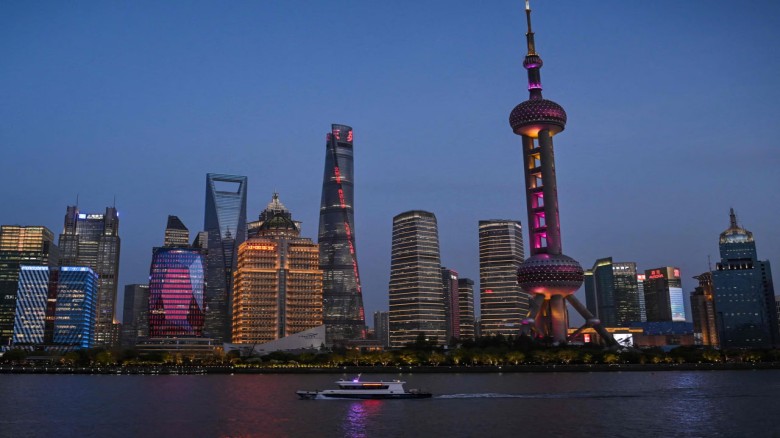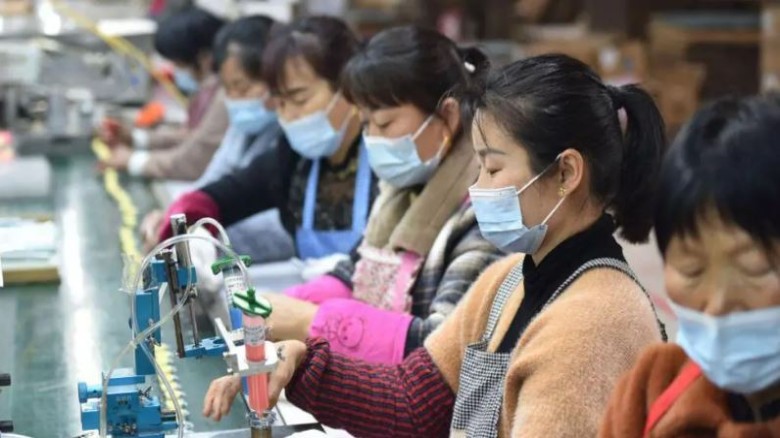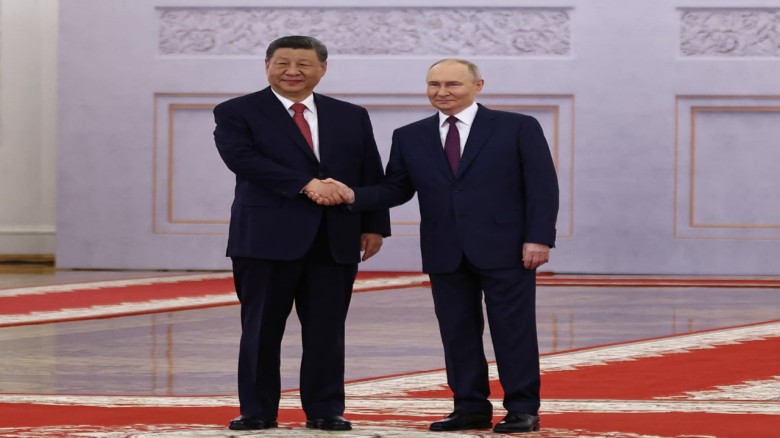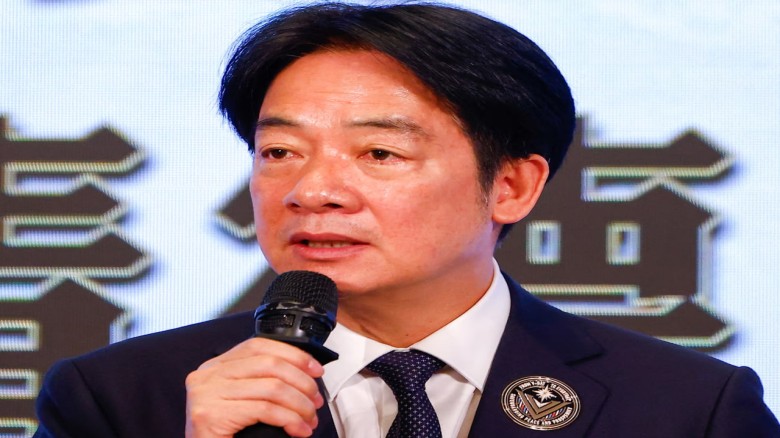US Tech Firms Struggle as China Tariffs Bite
Trump's Trade Policies Shake Up American Businesses
Deena Ghazarian was only a year into running her business when former President Donald Trump’s trade policies turned her world upside down.
In 2019, her California-based company, Austere, had just secured deals to supply premium audio and video accessories to major U.S. retailers—products largely manufactured in China. Then, Trump imposed sweeping tariffs, suddenly adding a 25% surcharge on her imported goods, up from zero.
Caught off guard, Ghazarian had to absorb the extra costs and feared she wouldn’t survive.
"I genuinely thought I would start and end a business in under a year," she recalls. "I had invested so much, and to be blindsided like that was shocking."
Austere managed to stay afloat, but today, many U.S. businesses find themselves in a similar predicament as Trump, since returning to office in January, has once again hiked tariffs. The president increased duties on all Chinese imports by 20%, imposed a 25% tax on Canadian and Mexican products, and later postponed some of these until April. He argues that the tariffs will pressure these nations to curb illegal drug flows and migration, boost domestic manufacturing, and correct trade imbalances.
However, this new round of tariffs is more sweeping and immediate than before. In contrast to Trump’s first term—when tariffs were introduced gradually with exemptions for certain products—this time, essential electronics like smartphones, desktop computers, and tablets are being taxed for the first time, and levies on existing goods have surged even higher.
U.S. Importers Bear the Burden
“U.S. importers—not foreign exporters—are the ones paying these taxes,” explains Ed Brzytwa, vice president of international trade at the Consumer Technology Association (CTA), which represents over 1,200 tech firms in North America. “It’s American businesses and consumers who will suffer.”
Firms like Ghazarian’s remain heavily reliant on Chinese manufacturing. China accounted for $146 billion worth of U.S. electronics imports in 2023. According to CTA data, China supplied 87% of video game consoles, 78% of smartphones, 79% of laptops and tablets, and two-thirds of computer monitors imported to the U.S. last year.
Although many companies have attempted to diversify their supply chains—sourcing from Thailand, Taiwan, and Vietnam—these countries lack China’s scale and manufacturing expertise. At the same time, Trump’s tariffs on Mexico, another major electronics supplier, further complicate matters. While domestic U.S. manufacturing has grown partly due to tariffs, higher costs and stringent regulations limit its expansion.
"Yes, Apple now produces some iPhones in India, and [Taiwanese chip giant] TSMC is expanding to Arizona," says Mary Lovely, a senior fellow at the Peterson Institute in Washington, D.C. "But China remains an integral part of the supply chain. Building new supplier relationships is costly and time-consuming."
Higher Costs Likely to Hit Consumers
Research indicates that companies pass on tariff-related costs to consumers. Earlier this month, Corie Barry, CEO of U.S. electronics retailer Best Buy, warned that "the vast majority" of the new tariffs would be transferred to customers due to the slim profit margins in the tech industry.
Taiwanese manufacturer Acer has already predicted a 10% price hike on its laptops due to current tariff levels, while U.S. tech giant HP has warned that its profits will take a hit. Ghazarian, too, is considering raising prices but worries about alienating customers.
“There’s a price point where customers feel the value matches the cost," she says. "If I go beyond that, I start losing buyers. Inflation has already strained American wallets."
During Trump’s first term, firms like Apple successfully lobbied for product exemptions, and similar carve-outs may emerge this time. Some analysts also speculate that Trump sees tariffs as a bargaining chip—suggesting he might ease restrictions if foreign governments agree to trade concessions, as happened in 2020 when China pledged to buy more American goods.
Trade Tensions Escalate
For now, tensions are rising. China, Mexico, and Canada have vowed to retaliate against U.S. tariffs, and this week, Trump threatened to double tariffs on Canadian steel and aluminum—only to backtrack at the last minute. He has also announced plans for "reciprocal tariffs" on global imports and hinted at potential tariff hikes of up to 60% on Chinese goods during his campaign.
Experts warn that these measures could push up tech prices worldwide if manufacturers are forced to shift production to higher-cost regions. Other countries might also retaliate by slapping tariffs on U.S. technology exports.
Despite these concerns, Ghazarian says she is better prepared this time. Anticipating policy shifts, she stockpiled inventory before Trump’s return to office and stored it in an East Coast warehouse.
She hopes this buffer will sustain Austere for the next year, allowing time to adjust. "That might mean finding a more cost-effective way to produce our products or pivoting entirely," she says. "But it’s frustrating to focus on survival instead of growth."








































































Leave A Comment